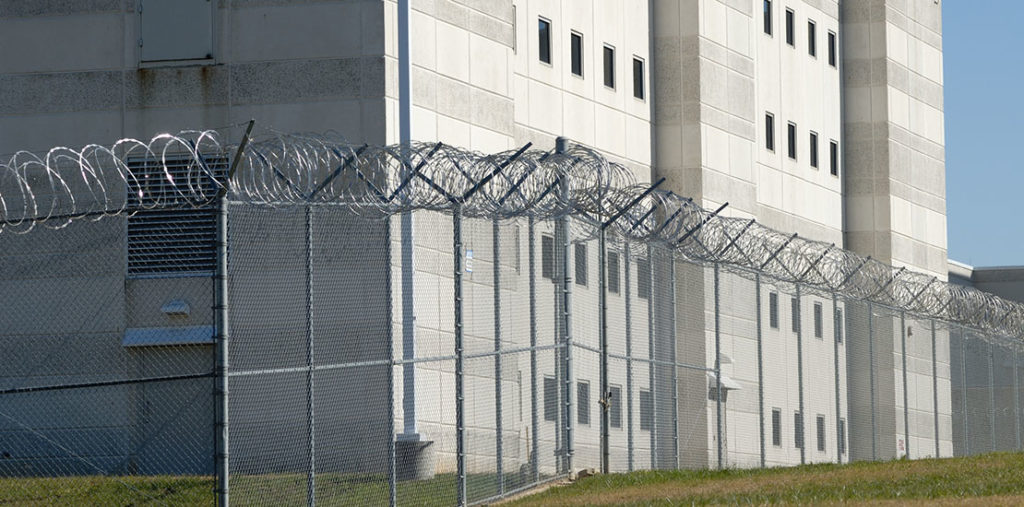
California has the largest state prison system in the country, yet recent reforms are intended to downsize those populations.
Background
As California implements significant criminal justice reforms, it can provide an indication of potential patterns in how both state and local decarceration might be unfolding. Specifically, California’s historic criminal justice reform, Public Safety Realignment (AB 109), reduced the prison population by nearly 30,000 people in the first year of implementation (Lofstrom, Bird, & Martin, 2016). However, AB 109’s impact on racial disproportionality in arrest, charging, and imprisonment rates has not been evaluated.
Research Project
This study examines the local impact of state policy reforms on racial disparities in imprisonment. We assess whether AB 109 reduced racial disparities in prison sentences, or if it reduced the size of the imprisoned population but left racial disparities largely intact.
We also assess how local implementation shapes racial outcomes. Although statewide change demonstrates the impact of policy reform on the entire population, implementation of AB 109 varied widely across counties. Statewide measures average these differences out, giving more weight to larger counties, which is why this project will show changes in imprisonment by race and ethnicity at the county level. We also estimate the impacts on racial disproportionality that would have occurred if everyone arrested statewide had been prosecuted according to each county’s practices.
Principal Investigators
Professor Amy Lerman, Dr. Alyssa Mooney, Alissa Skog
Results
Forthcoming
